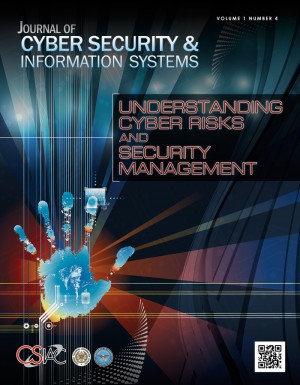an email newsletter released every month highlighting the latest articles, events, technical inquiries, and voices from the community
Fall 2013: Volume 1 Issue 4

Fall 2013: Volume 1 Issue 4
Published: September 10, 2013
Understanding Cyber Risks and Security Management
This journal discusses cyber risks to transportation control systems, the Schedule Compliance Risk Assessment Methodology (SCRAM), and security for mobile network operators.

